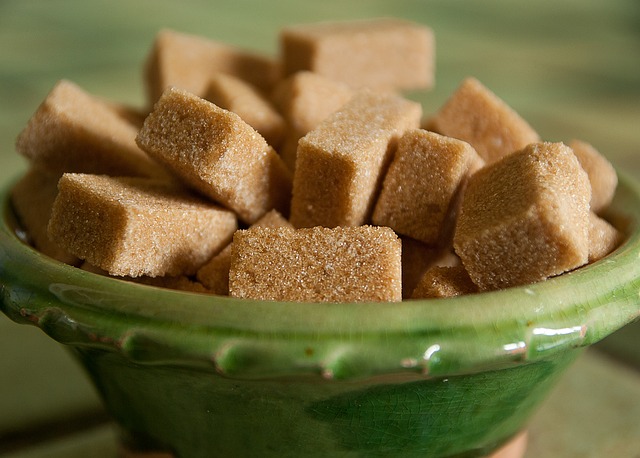Newer second generation sulfonylureas are used extensively for treating type-2 diabetes mellitus (i.e. glyburide, glipizide, glimepiride and gliclazide). They are rapidly absorbed and reach peak plasma concentration typically within 2-4 hours; and have a duration of action up to 24 hours long. In 2010, the American Association of Poison Control centers reported nearly 4,000 cases of sulfonylurea exposures that led to no reported fatalities. Previous treatment has revolved around IV dextrose and glucagon for treatment of sulfonylurea associated hypoglycemia, but octreotide is another option for treating these exposures.
Mechanism of Octreotide and Sulonylureas
Sulfonylureas help to increase the amount of endogenous insulin release from the pancreatic beta cells. They bind to sulfonylurea receptors that are associated with ATP dependent potassium channels on the pancreatic beta cell membrane. By inhibiting potassium efflux, the membrane depolarizes causing influx of calcium and subsequent exocytosis of insulin. Octreotide counters this mechanism by closing the calcium channels after binding to somatostatin receptors, which prevents the secretion of the insulin.
Dosing
For adults we can use 50-100ug SC every 6-12h and for children 1-2 ug/kg SC up to 50ug q6-12h. Typically the patient will received 3 doses of octreotide as well as supplemental IV dextrose which can be gradually tapered off as tolerated. An extended length of observation may be needed for patients with renal impairment as sulfonylureas and insulin clearance will be impaired.
Check out The Poison Review for a couple posts on using octreotide for sulfonylurea poisoning here and here.
Post by: Terrance McGovern DO, MPH (@drtmcg13)
